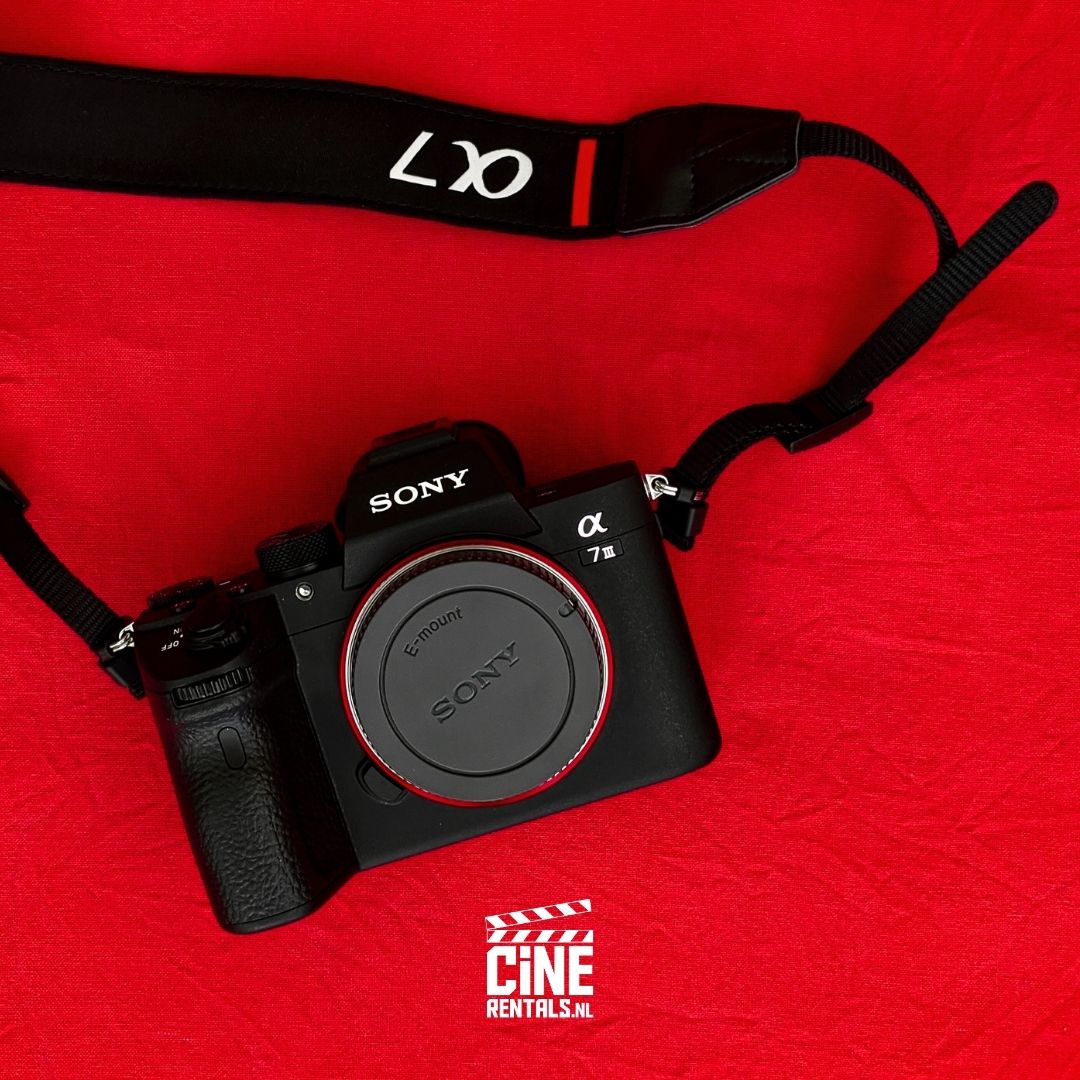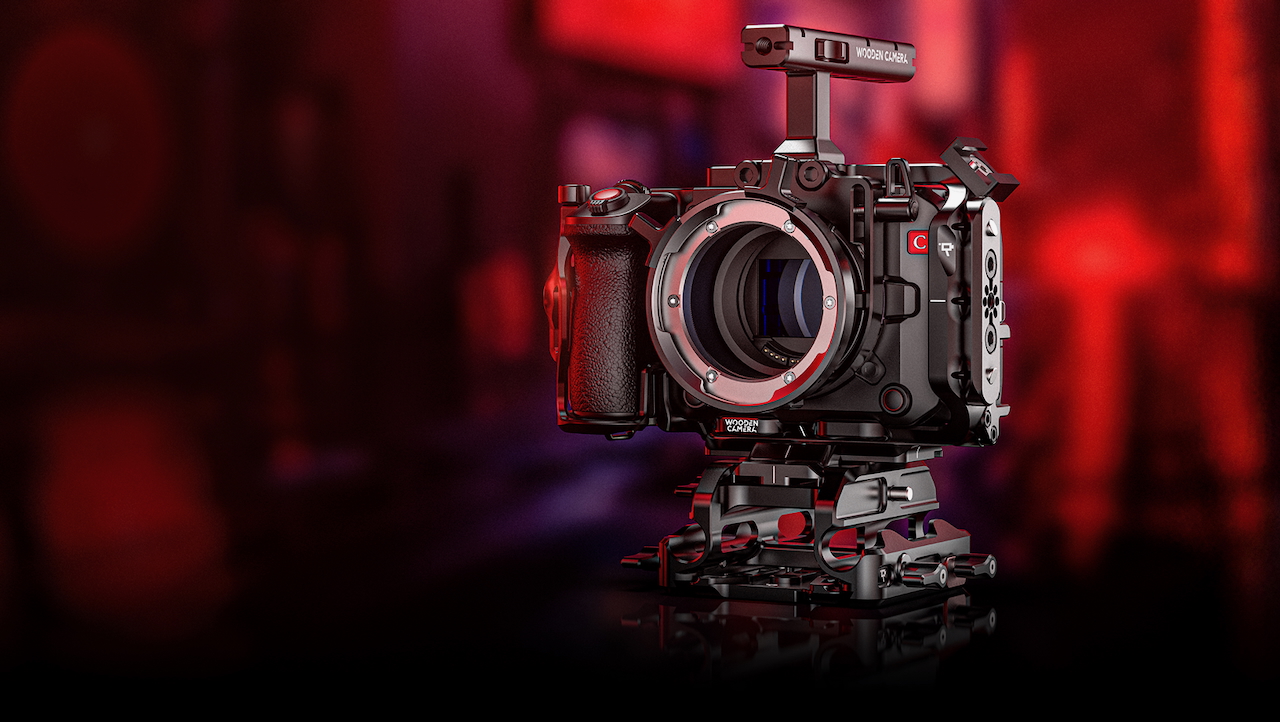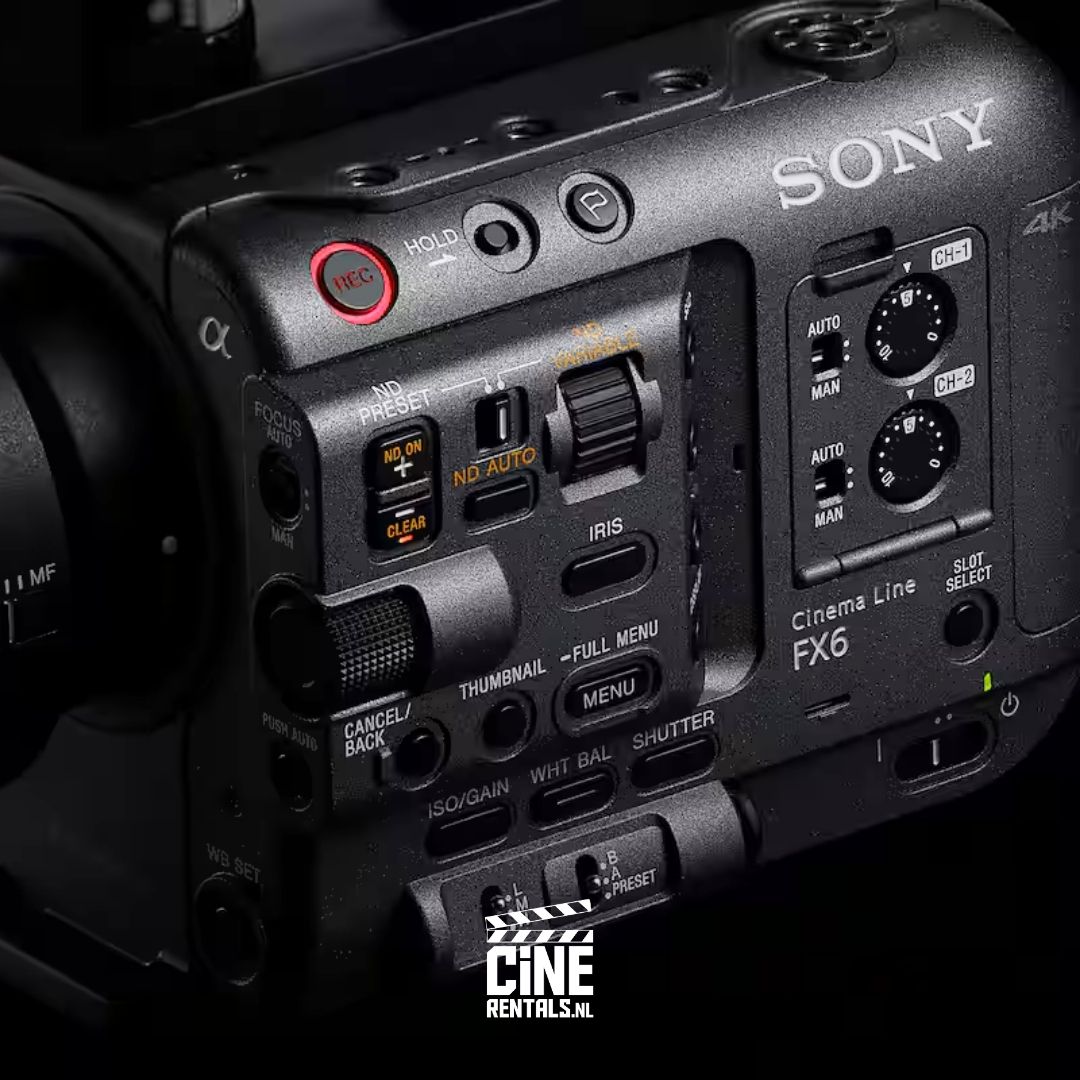1. How Mirrorless Cameras and Smartphones Work
Mirrorless cameras use electronic viewfinders and image sensors to capture high-quality photos with professional controls. Smartphone cameras, on the other hand, rely on small sensors and advanced algorithms to generate optimized images, making them fast and automatic.
2. Portability & Convenience
Smartphones are always in your pocket and allow instant access, making them the most convenient tool for casual photography. Mirrorless cameras are generally heavier, but compact mirrorless systems still offer solid portability for travelers who want higher quality.
3. Image Quality & Low-Light Performance
Thanks to their larger sensors, mirrorless cameras offer superior image quality in low-light conditions, with less noise and better dynamic range. Smartphones, while limited by smaller sensors, make up for it with AI-powered computational enhancements that deliver surprisingly balanced results.
4. Lens Flexibility & Creative Control
Mirrorless systems allow you to change lenses, enabling creative control over focal length, aperture, and depth of field. Smartphones typically use fixed lenses and offer only digital tricks to simulate these effects — which can be good, but less precise.
5. Video & Autofocus Features
Mirrorless cameras excel in high frame rate video recording, real-time autofocus, and support for professional codecs. Smartphones can shoot 8K or cinematic portrait video and are built for quick editing and instant sharing — perfect for social platforms.
6. Battery, Workflow & Sharing
Smartphones let you shoot, edit, and share within seconds — ideal for fast-paced content creation. Mirrorless cameras offer longer battery life and higher-quality image capture but usually require post-processing (like RAW editing) and transfer to a computer.
7. Price & Value for Travel
Modern full-frame mirrorless cameras range from $800 to $2,000 or more. High-end smartphones with strong camera capabilities often fall in a similar price range — but with mirrorless systems, additional lens and accessory costs need to be factored in.
8. When You Should Rent a Mirrorless Camera
Choose a mirrorless camera if you’re planning professional travel photography, shooting in low light, or looking to create artistic portraits with real bokeh and lens flexibility.
9. When a Smartphone Is Enough
If you want to capture landscapes, everyday moments, or quick content for social media, a modern smartphone is often more than sufficient — especially when convenience is key.
10. Top Picks for Rental at CineRentals.nl
- Mirrorless Picks:
- Sony A7 IV
- Fujifilm X100VI
- Smartphone Picks:
- Samsung Galaxy S25 Ultra
- iPhone 16 Pro
- Xiaomi 15 Ultra
➡️ Don’t forget to explore our full camera rental collection at CineRentals.nl.
11. How to Decide and Rent
Renting lets you test both systems, control your budget, and find the setup that best suits your shooting style. You can also try different accessories and workflows to see which one feels more natural for your needs.



